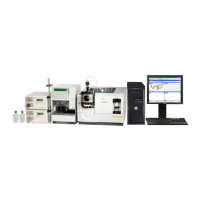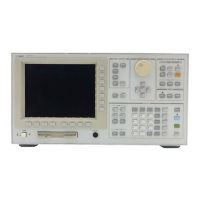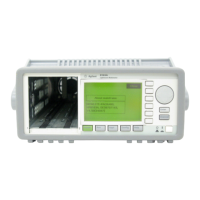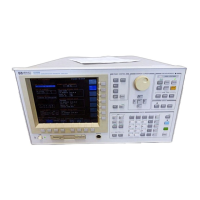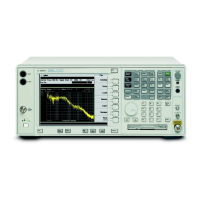Choosing an Operating Mode
If you know your system order ahead of time, you can specify the number of
poles and zeros and perform a fixed-order curve fit. For example, if you want
to model your system with two poles, and no zeros, enter 2 for the denominator
order
(), and 0 for the numerator order ( )and
perform a fixed-order curve fit. Fixed order will create a 2 pole, 0 zero model
that is as close as is possible (in a least-squares sense) to the measured
frequency response.
A model for the system you are measuring is ideal, however, and the real
system may have resonances or other parameters that correspond to additional
poles and zeros. Consequently, you may need to allow for higher orders in
your curve fit model. Thus, beginning with an max order curve fit with upper
bounds on the system order set several orders (3 or 4) above where you think a
reasonable order exists for your system, allows the max order algorithm to
automatically find a linear model which comes close to your measured
frequency response. You will find that if nonlinearities exist in the
measurement, the curve fitter will try to find extra poles and zeros to give a
response to closely approximate the effects of nonlinearities on the frequency
response.
Typically, you want your model to contain a small number of poles and zeros
in order to be practical to work with. Thus, if measurement nonlinearities
cause the curve-fit orders to climb unacceptably high, you may want to either
lower your system bounds and start the max order curve fit over again, or
return to fixed-order curve fitting.
Fixed order is useful when max order returns an overly complex model. For
example, the max order fit may increment the system order beyond a point at
which you feel the accuracy of the fit has become acceptable. If this happens,
you can set the system orders at the point where you saw a good fit and
perform a fixed-order fit to find that model. Afterwards, you can try lower
numerator orders with fixed order as a way of manually performing order
reduction.
The max order algorithm is essentially an expert system that uses the curve-fit
routine as a tool to try and find a good answer. When Max order does not
provide an acceptable answer, you can turn to fixed order and use the curve-fit
routine directly to experiment with different system orders until you find a
reasonable model.
Agilent 35607A
Curve Fit Option 1D3 Operator's Guide
16-10
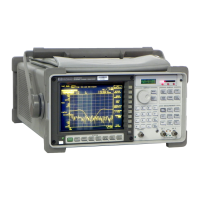
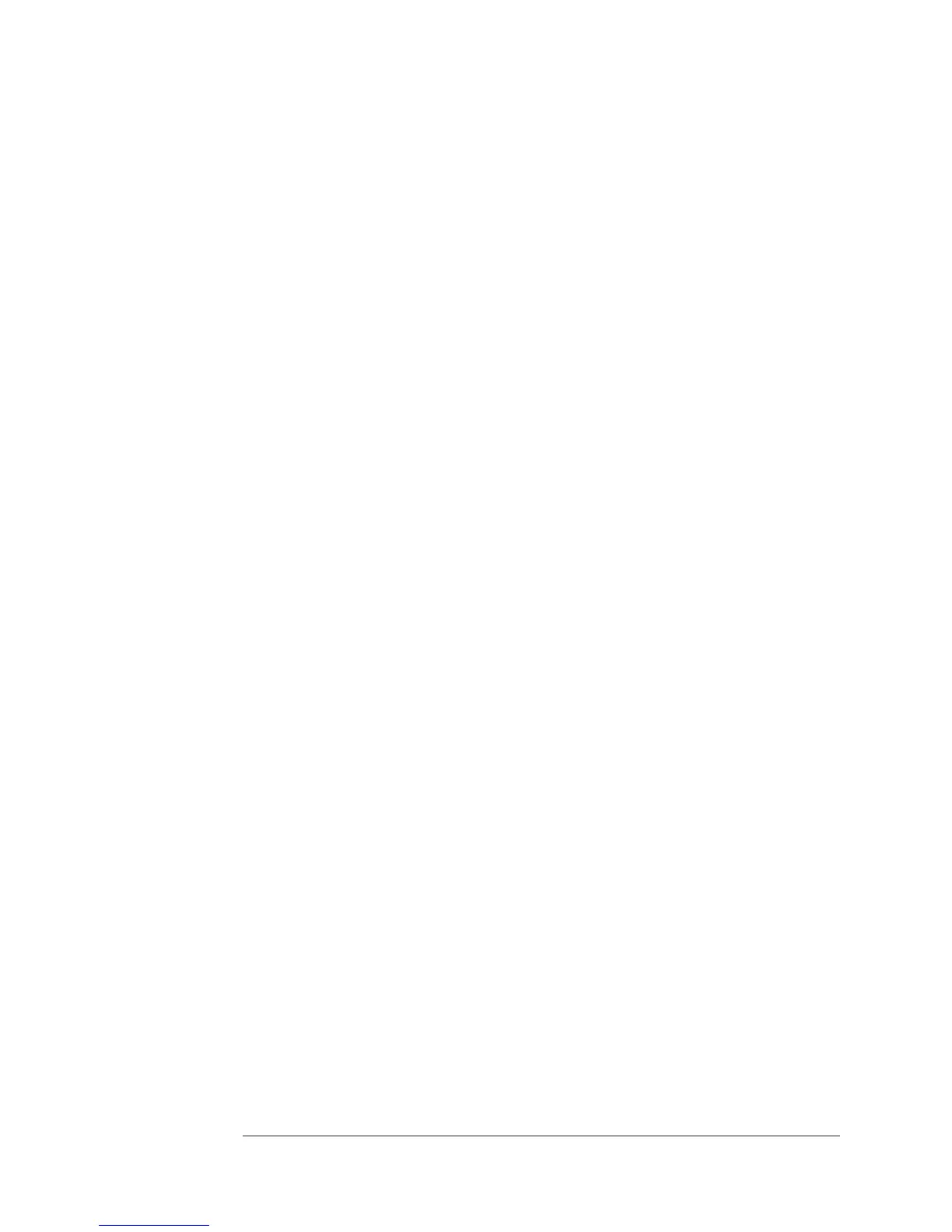